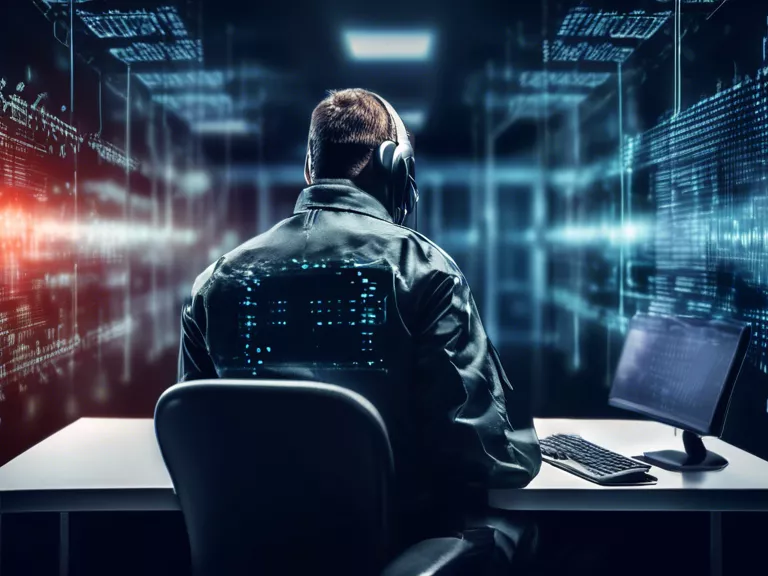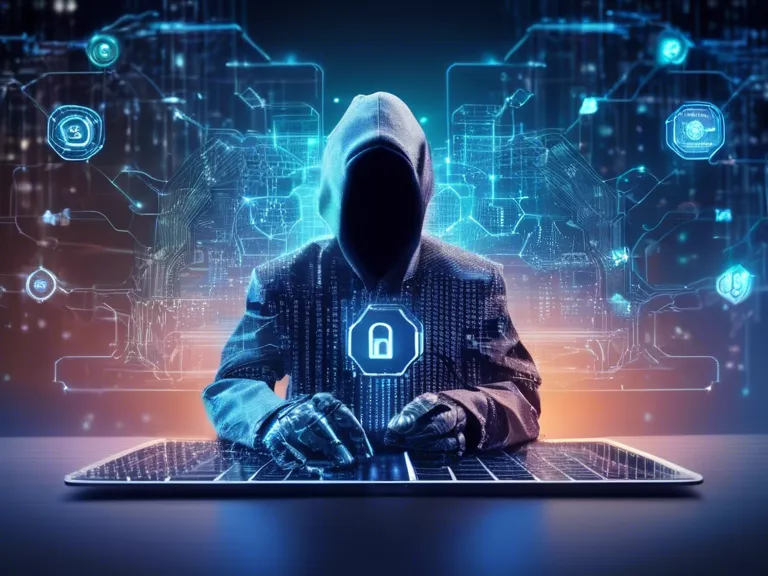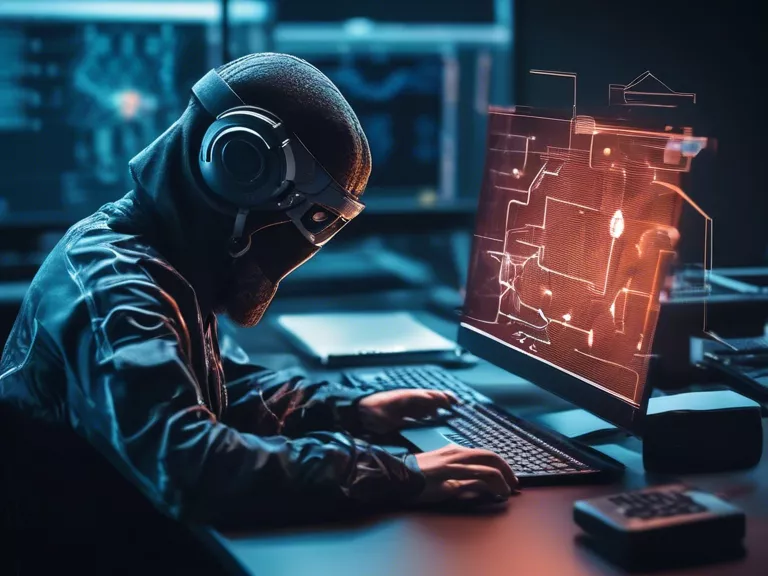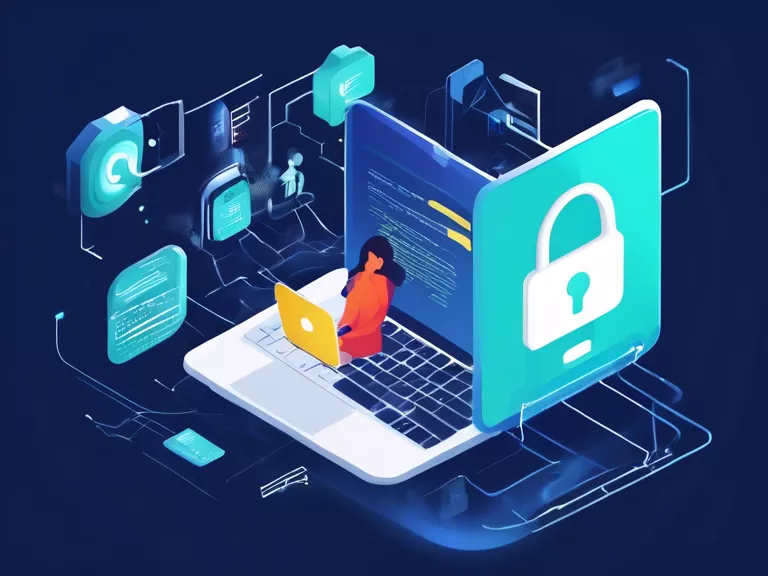
Introduction
In today's digital age, cybersecurity is a critical concern for individuals and businesses alike. With the increasing number of cyber threats, it is essential to have proper measures in place to safeguard sensitive information and prevent data breaches. Just as security guards protect physical premises, cybersecurity measures act as a digital defense mechanism. This guide aims to provide security guards with valuable insights on guarding against cyber threats and enhancing overall cybersecurity posture.
Understanding Cyber Threats
Cyber threats encompass a wide range of malicious activities that target computer systems, networks, and data. These threats can include malware, ransomware, phishing attacks, and social engineering tactics. Understanding the various types of cyber threats is crucial for security guards to effectively mitigate risks and protect against potential breaches.
Best Practices for Cybersecurity
Regular Security Training: Security guards should undergo regular cybersecurity training to stay updated on the latest threats and security practices. Training programs can help enhance awareness and ensure that security personnel are equipped to respond effectively to cyber incidents.
Strong Password Management: Encouraging the use of complex passwords and implementing multi-factor authentication can significantly reduce the risk of unauthorized access to systems and data. Security guards should also be vigilant about password hygiene and avoid sharing passwords or using easily guessable credentials.
Secure Network Infrastructure: Ensuring that networks are properly secured with firewalls, intrusion detection systems, and encryption protocols is essential for preventing unauthorized access and data exfiltration. Security guards should work closely with IT teams to monitor network traffic and identify any suspicious activities.
Regular Software Updates: Keeping software and systems up to date with the latest security patches is crucial for addressing known vulnerabilities and minimizing the risk of exploitation by cyber attackers. Security guards should be proactive in identifying and addressing any outdated software or hardware within their organization.
Cybersecurity Tools and Technologies
Antivirus Software: Deploying robust antivirus software can help detect and remove malware from systems, preventing potential data breaches and system compromises.
Endpoint Detection and Response (EDR): EDR solutions provide real-time monitoring and response capabilities to detect and mitigate advanced threats targeting endpoints within an organization's network.
Security Information and Event Management (SIEM): SIEM platforms aggregate and analyze security event data from various sources, providing security teams with actionable insights to detect and respond to security incidents effectively.
Conclusion
As security guards play a crucial role in maintaining the physical security of premises, they must also be equipped with the knowledge and skills to protect against cyber threats. By following best practices, undergoing regular training, and leveraging cybersecurity tools and technologies, security guards can enhance their organization's overall cybersecurity posture and contribute to a more secure digital environment. Stay vigilant, stay informed, and stay secure in the face of evolving cyber threats.
Glass of Win
Smile to Africa Adventure
Monika Brodka
USS Oriskany
Literati2
Penny Hardaway
Designed in Finland
Refiza
Dan Rodimer
Local Savage
ATW Traveler
Marcel Theroux
Kemble Gallery
Cronk's Oakridge
El Horizontal
Em Cada Pagina
Iroko Designs
La Fonda Mexican Restaurants
Layton Bio
Nanjing Expat
Richard YT
Righting Food
Shkodra Daily
Merabsp
pfoto rzd
Esculturasy Monumentos
Warren Indiana
Jintara Fan Club
fted cruz
Khamag Mongol
Military Art Company
beavtrav
Belum Lama
Blue Rooster Food Company
DJ Vibe
eugene the brand
hennypalooza.com
hillsideornamentals.com
Komik Gratis Online
matsunoyanotsuma.com
mix4max.com
sharingourfoodadventures.com
thebestbedlinenintheworld.com
thegrayandorange.com
toronto-restaurants.com
yamato-movie.com
Scoops Ice Cream Truck
Uncover Studios
Fc Lupopo
Toci Lamart



